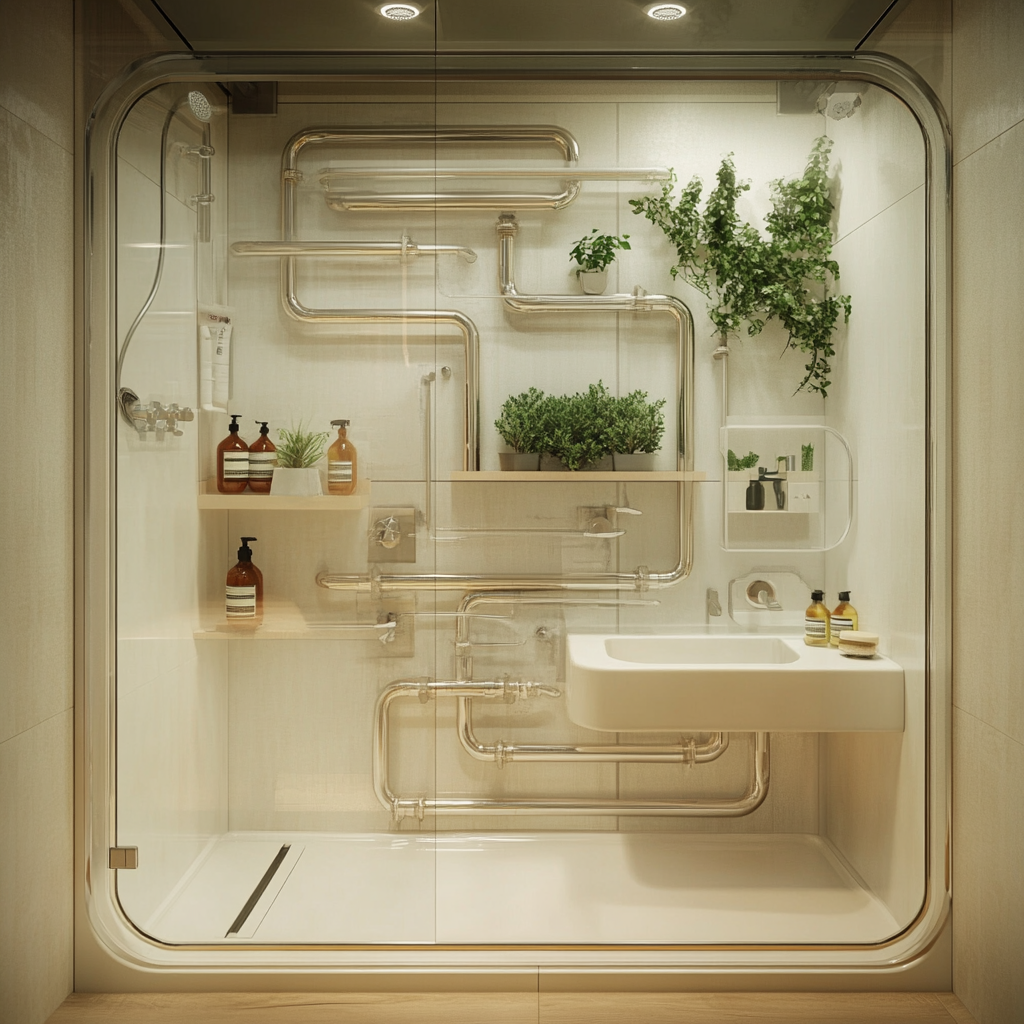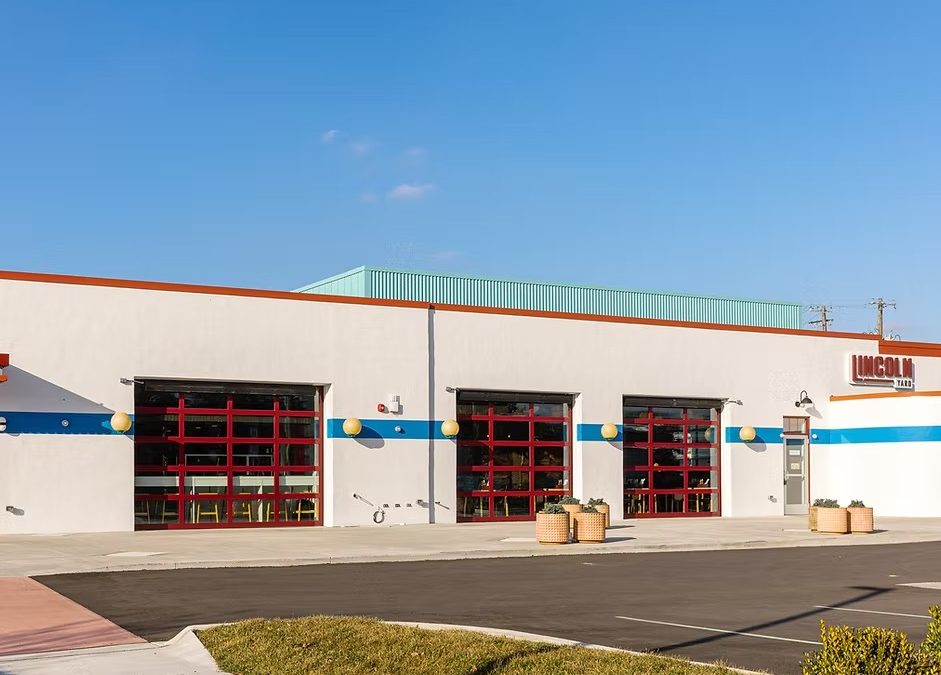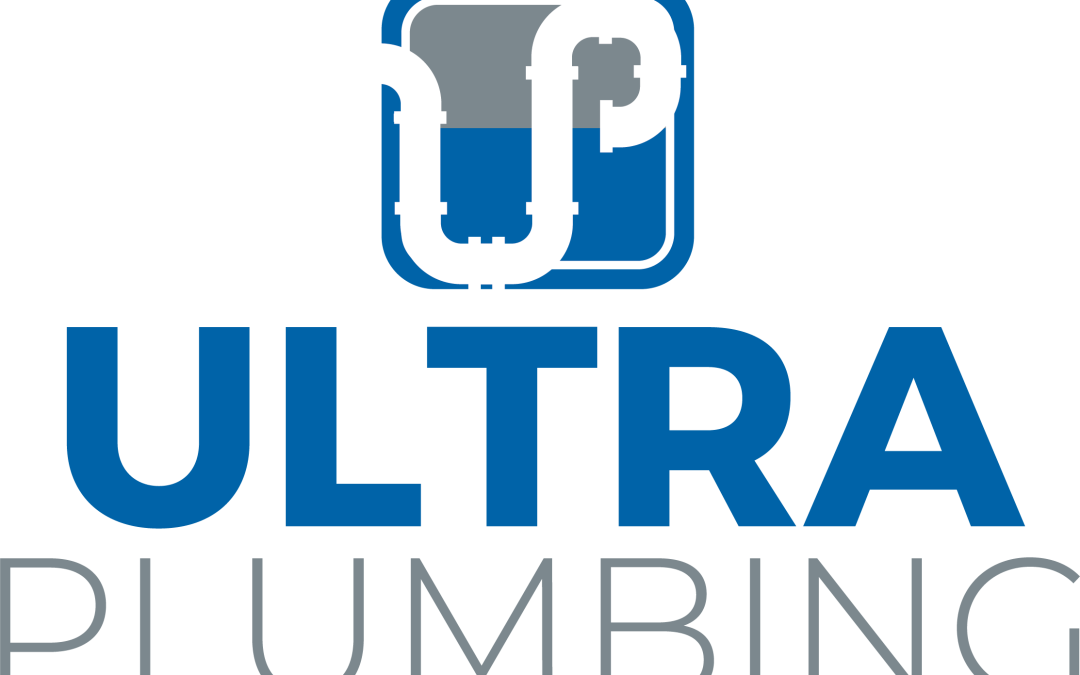Homeownership comes with its fair share of responsibilities, one of which is ensuring the smooth running of your home’s plumbing system. Despite its critical role in our daily lives, plumbing often remains out of sight and out of mind until a problem arises. Regular plumbing inspections are a proactive measure that far too many homeowners overlook, leading to the mistaken belief that unless an emergency is knocking at the door, their plumbing is in good shape. This misconception can result in costly repairs and unwanted disruptions down the line.
The truth is, the benefits of conducting regular plumbing inspections are manifold. From identifying minor leaks that could lead to significant water waste and increased bills, to spotting early signs of pipe damage that could eventually result in catastrophic failures. Early detection through routine inspections can prevent the inconvenience of major plumbing issues and the hefty expenses that accompany them. Moreover, maintaining an efficient plumbing system also means conserving water and saving on energy costs, contributing positively to both your wallet and the environment.
So, how often should your home undergo a plumbing inspection? While the consensus among professionals leans towards an annual check-up, several factors might necessitate more frequent inspections. The age of your home plays a crucial role; properties over 40 years old often harbor outdated plumbing systems that are more prone to issues and thus benefit from more regular assessments. New homeowners, regardless of the property’s age, should also consider initial inspections to establish a baseline of their plumbing’s condition. Additionally, environmental factors such as nearby tree roots or communal sewer problems may warrant a closer, more frequent examination of your home’s plumbing health.
Understanding the types of plumbing inspections can also help homeowners make informed decisions about their plumbing care routine. Visual and camera inspections serve as the primary methods for evaluating a property’s plumbing system. A visual examination provides a general overview, allowing plumbers to check for obvious signs of wear and tear, leakages, and corrosion. On the other hand, camera inspections offer a deeper insight into the plumbing’s condition, using high-tech cameras to explore inside pipes and drainage systems to identify hidden blockages, root intrusions, or other internal issues. Together, these methods ensure a comprehensive assessment of your home’s plumbing system, identifying potential problems before they escalate.
In conclusion, adopting a proactive approach to your home’s plumbing care through regular inspections can save you from the stress and high costs of emergency repairs. It ensures the longevity of your plumbing infrastructure, fosters water conservation, and supports financial savings on utility bills. Don’t wait for signs of trouble before calling in the professionals. By understanding the inspection process and adjusting the frequency to match your home’s specific needs, you can maintain a healthy plumbing system that stands the test of time.






